In today’s business landscape, cybersecurity is widely acknowledged as a critical element of operations. Despite this, many professionals still treat security as an afterthought—an additional feature to integrate once everything else is in place. This mindset has been prevalent for years, leaving numerous companies exposed to risks.
The rise in cybercrime has underscored the need for a shift in approach, and many businesses are starting to respond. Although, more global companies plan to increase their cybersecurity budgets this year. However, merely increasing the budget isn’t enough.
It’s essential to transition to a security-first approach, where cybersecurity is integral to every business decision. This approach encompasses not just obvious areas like software selection, but also extends to your business model, pricing strategies, partnerships, and hiring practices.
Traditionally, cybersecurity has been treated like a wall—a perimeter defense to protect internal operations. A security-first approach, on the other hand, aims to ensure safety holistically, from the ground up. Rather than building walls around vulnerable systems, it involves creating processes that are inherently secure.
Adopting a security-first mindset means restructuring your thinking so that cybersecurity is no longer an afterthought. Instead of figuring out how to secure a new application after it’s designed, you’d ensure it’s safe from the outset.
Why Does Security-First Matter?
1. Protection Against Cyber Threats
The digital landscape is fraught with cyber threats that are constantly evolving. From phishing attacks to ransomware, businesses face numerous challenges that can compromise their data and operations. A security-first mindset ensures that proactive measures are in place to identify, prevent, and mitigate these threats, reducing the risk of devastating breaches.
2. Regulatory Compliance
Regulations such as the General Data Protection Regulation (GDPR) and the Health Insurance Portability and Accountability Act (HIPAA) impose strict requirements on how businesses handle and protect data. Failing to comply can result in severe penalties and reputational damage. By prioritizing security, organizations can more easily meet regulatory requirements and avoid costly fines.
3. Safeguarding Sensitive Data
Businesses handle vast amounts of sensitive data, including customer information, financial records, and intellectual property. A security-first approach helps protect this data from unauthorized access, theft, and loss, ensuring that it remains confidential and intact.
4. Ensuring Business Continuity
Security incidents can disrupt business operations, leading to significant downtime and financial losses. A security-first mindset includes robust disaster recovery and business continuity plans that minimize downtime and ensure that critical operations can continue in the face of a cyberattack or other security incident.
5. Building Customer Trust
Customers are becoming increasingly aware of data privacy and security issues. Demonstrating a commitment to protecting their data can enhance customer trust and loyalty. A security-first approach reassures customers that their information is safe, fostering stronger relationships and a positive brand reputation.
6. Cost Efficiency
While implementing security measures can be an investment, the cost of a data breach can be far greater. According to IBM, the average cost of a data breach in 2021 was $4.24 million. By investing in security upfront, businesses can avoid these substantial costs associated with breach response, legal fees, and loss of business.
How Does Security-First Look in Practice?
Establishing a security-first mindset begins with recognizing that cybersecurity is everyone’s responsibility. The more it’s talked about rather than swept under the rug for another day, the more an organization can embrace threat exposure and respond to it.
This begins with internal security awareness training that gives employees the information they need, and then allows them to test their understanding via quizzes and security checks.
It will then extend to actual practice and the tools that your team uses. Security solutions include but aren’t limited to:
- Internal security awareness trainings
- Endpoint detection and response
- Managed detection and response
- Gated access and employee permissions
- Network security protocols and traffic filtering
How Can You Implement a Security-First Mindset?
1. Develop a Comprehensive Security Strategy
Start with a thorough assessment of your current security posture. Identify vulnerabilities, potential threats, and areas for improvement. Develop a strategic plan that outlines your security goals, the measures you will implement, and the resources required.
To assess your current security posture, start with a thorough audit of your infrastructure by cataloging all hardware, software, data, and network components. Identify vulnerabilities with scanners and penetration testing, evaluate potential threats, and assess their impact and likelihood to prioritize risks.
Develop a strategic security plan by setting clear goals, such as data protection and compliance, and implementing specific measures. This includes technical solutions like firewalls and encryption, administrative actions like policy development and training, and physical security enhancements. Allocate resources effectively, covering human expertise, financial investment, and technological tools.
For continuous security, conduct regular audits to ensure compliance and identify new vulnerabilities. Update your incident response plan regularly and create a feedback loop to refine security measures based on incident insights and audit findings.
2. Foster a Security-Aware Culture
Security should be everyone’s responsibility. Educating and training employees is crucial for building a security-aware culture. Start with onboarding new hires on security policies and best practices, then provide ongoing training to keep staff updated on threats like phishing, password management, data handling, and device security. Use simulated attacks to reinforce learning.
Encourage employees to adopt security best practices daily. Communicate the significance of security, develop user-friendly policies, enforce role-based access, and promote secure work habits like locking computers and reporting lost devices.
Promote a culture of reporting by setting up anonymous channels for suspicious activity and rewarding proactive employees. Include employees in incident response drills to ensure they know their roles during emergencies.
Leadership plays a vital role by modeling good security practices and ensuring accountability. Enforce policies consistently and fairly across the organization.
Finally, continuously improve by gathering employee feedback on security measures and regularly assessing the security culture to address weaknesses and track progress.
3. Implement Advanced Security Technologies
Leverage advanced security technologies such as firewalls, intrusion detection systems, encryption, and multi-factor authentication. These tools can help protect your network, systems, and data from unauthorized access and attacks.
Firewalls control network traffic and come with advanced features like application awareness and intrusion prevention. Intrusion Detection Systems (IDS) monitor for suspicious activity, while Intrusion Prevention Systems (IPS) actively block malicious traffic. Encryption protects data at rest, in transit, and end-to-end, while Multi-Factor Authentication (MFA) enhances security by requiring multiple forms of verification. Advanced Threat Protection (ATP) uses real-time monitoring, threat intelligence, and behavioral analytics to combat sophisticated threats.
Security Information and Event Management (SIEM) aggregates and analyzes security data to provide alerts and support incident response. Data Loss Prevention (DLP) safeguards against unauthorized data exposure through content inspection and policy enforcement. Network Segmentation isolates network segments to contain breaches, and continuous monitoring and updates ensure that security measures remain effective and current against evolving threats.
4. Regularly Monitor and Update Security Measures
The threat landscape is constantly changing. Regularly review and update your security measures to ensure they are effective against the latest threats. Conduct periodic security audits, vulnerability assessments, and penetration testing to identify and address any weaknesses.
Continuous monitoring provides real-time oversight to detect and respond to security threats, involving network and endpoint monitoring, log analysis, real-time alerts, and regular security audits. Internal audits assess the effectiveness of security controls, while external audits offer independent evaluations and compliance validation. Vulnerability assessments use automated scanners and manual reviews to identify weaknesses, and penetration testing simulates attacks to uncover vulnerabilities in internal systems and external defenses.
Patch management ensures systems stay current with security updates by applying patches regularly, prioritizing vulnerabilities, and testing updates in staging environments. Configuration management involves maintaining secure settings through baseline configurations and regular reviews. Incident response planning prepares organizations with procedures and regular drills to handle security incidents effectively. Continuous improvement uses insights from monitoring and assessments to refine security measures and stay updated with emerging threats and best practices.
Conclusion
Many business leaders recognize that cybersecurity is a priority in today’s digital environment. Your actions should reflect that belief. Adopting a security-first mindset isn’t just about protecting your business from threats; it’s about fostering growth, ensuring compliance, and building trust with your stakeholders. Demonstrate to your partners and customers that you prioritize security by integrating it into every aspect of your operations.
By prioritizing security in every aspect of your operations, you can create a resilient organization capable of navigating the complexities of the digital age. In cybersecurity, an ounce of prevention is indeed worth a pound of cure. Start establishing cybersecurity holistically and from the ground up to ensure your business stays safe.


